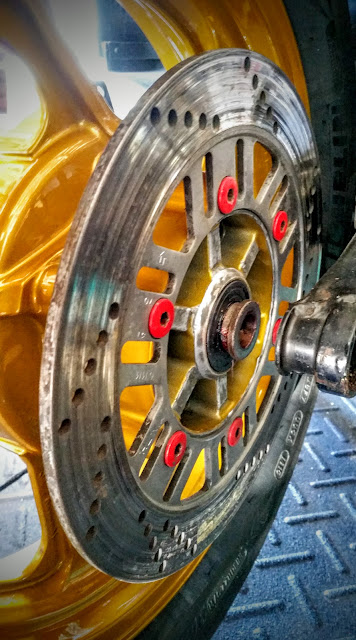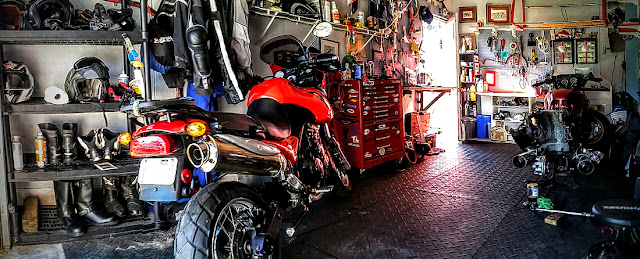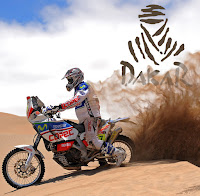Four social circumstances that have millennials struggling:
1) Failed parenting strategies include children being told they are special and can do whatever they want just because they want it. They have won awards their entire lives for simply showing up. This award inflation devalues excellence and embarrasses the failures these children experience. They’ve learned not to strive for excellence because it doesn’t matter.
2) Technology: Millennials are surrounded by filtered social media where everyone appears to have it figured out and puts on a good face. On top of that they have the same relationship with social media as a gambling addict has with a casino, except this addiction is only ever a touch away.
3) Impatience: They want to reach the summit and have a ‘big impact’ but are unaware that the summit lies at the top of a mountain. Is this related to number one?
4) Environment: Companies (and schools?) should be rebuilding the confidence and resilience of this generation by reconnecting them to personal relationships and long term goals. This means stepping up to combat number 1, something that most school administration really isn’t willing to do.
| Now imagine standing in front of thirty one of them. |
I’ve struggled with the vagaries of the millennial mindset in the classroom many times over the past few years. From the grade inflation of risk averse learners and five-ohs to the complaints of industry, I’m familiar with the millennial challenges Sinek refers to in his interview above.
Battling these frankly bewildering and fictionally driven parenting strategies seems to be a lost cause for most educators. Since banks and multi-nationals decided to burn the economy down and caused years of austerity, education (and governments in general) have taken on business-think in an unprecedented manner (some kind of Stockholm syndrome?). The modern approach seems to be ‘the customer is always right even if they have no idea what they’re doing’. Rather than expecting competence on the part of the student I often find myself defending a failing grade from a student who has never completed any work at grade level and has missed weeks and weeks of class. Parents don’t want to hear that their child is incapable and they certainly don’t want to accept responsibility for that incompetence. Their only goal seems to be finding ways to blame anything else.
| We’re not doing a lot of either these days. |
Technology is another place where education has thrown in the towel. Students can do whatever they want with their devices. Any attempt to redirect a student away from inappropriate technology use is wasted as these devices are now considered to be a constitutional right. It isn’t uncommon for me to ask a student to focus on what we’re doing and have them tell me they are in the middle of a text conversation with their parents which is obviously much more important than whatever’s happening in class. They’re probably planning a two week absence from school for a holiday – another exciting new millennial parenting tactic that would have been foreign to my parent’s way of thinking. Sinek’s no smartphones in a meeting rule wouldn’t fly in a modern classroom. You can’t helicopter parent without the tether.
| How education is becoming less able to manage these dangers we face. |
Patience isn’t lost in all students but even the most capable are dwindling in attention duration. At the beginning of our last unit I showed exemplars of previous projects done over the past few years. The top student in my class asked, “are people getting dumber and dumber?” Good question. They certainly seem to be less and less capable of developing skills complex enough to tackle curriculum level theory and practice. Perhaps if they weren’t taking weeks of unexplained absences and holidays during the semester things would be better. Perhaps if they were expected to attempt all course work to the best of their abilities skill-sets wouldn’t be deteriorating.
In modern high schools students take the courses they want, not the ones they are capable of. Students who fail advanced courses get a variety of options to regain the credit and are seen at the same level next year regardless of how little they’ve proven they can do. Parents demand access to advanced classes for students who barely find time to attend school and are unwilling to actually do anything. If I fail anyone I have to justify the failure, not so the absent, incompetent student. Even trying to offer a range of courses doesn’t work because everyone is an academic all-star who should be getting the most advanced credits.
The complaint from people in post secondary education and the work place is that we’re producing graduates incapable of working effectively in the ‘real world’. Sinek’s comments go straight to this. Any absence or student failure isn’t an administrative issue; the system won’t even address it. There used to be a limit on unexplained absences and then a student was kicked out of a course, that doesn’t happen any more. There used to be criteria for failing late work, that doesn’t happen any more. There used to be requirements for staying within an academic stream, now it’s do whatever you want. When a student is absent or obtuse teachers are told to contact the parents who caused the situation in the first place and work it out. In Ontario this approach has been institutionalized using laws like school until eighteen no-matter-what. By keeping students in school at all costs we’ve effectively removed anywhere to drop out to. With no bottom to fall through, graduation rates are on the rise! We’ve effectively institutionalized failed parenting strategy number one: everyone is a winner!
| The internet is full of memes that suggest the approach we’re taking isn’t helping. |
from Blogger http://ift.tt/2hzPCf8
via IFTTT

































